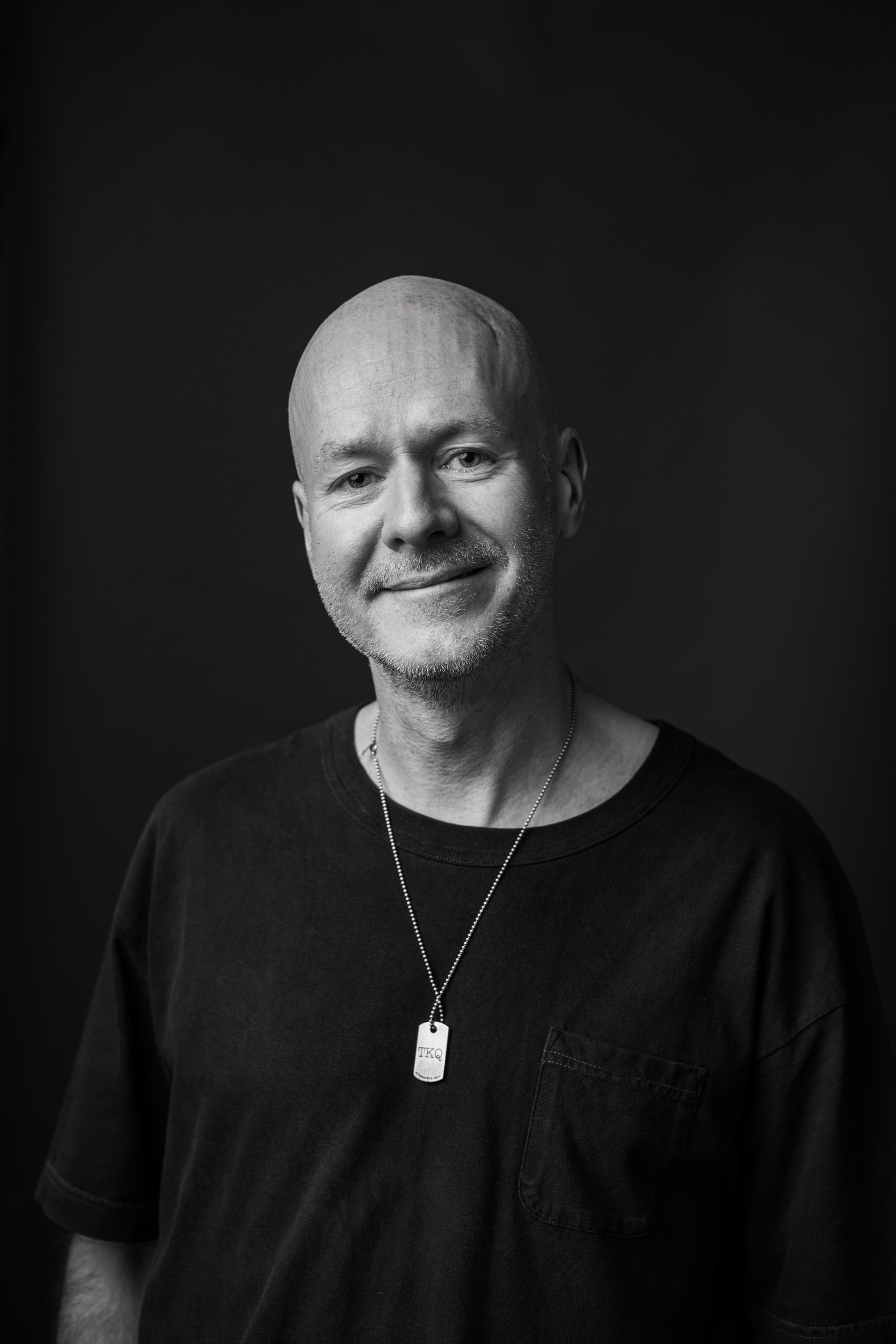We're bombarded by marketing everyday and it's increasingly harder for brands to cut through all the noise. 360 VR in B2B is still relatively new but brands are adopting the technology to drive new levels of engagement. It has the ability to convey a much bigger story as both customer-facing and sales enablement experiences.
For businesses that can do VR and 360 well, there is a wealth of opportunities. And as technology and expertise have developed through the years, 360 is no longer just a fad or gimmick.
In fact, a study by Nielsen research group, found that 73% of consumers feel that brands using VR are “forward-thinking and modern" and 61% prefer buying from a brand that uses VR over a brand that doesn't.
It’s not impossible that a few years from now, VR will be the foundation of all website creation. View our interactive 360 experience, commissioned by Dell Technologies for the financial services industry, to see what we mean.
Planning a project like this is no easy task. So, before you enter the VR universe, there are three things you need to consider.
Environment
Capturing a physical location for a virtual experience requires more than just getting a 360 camera involved. You'll need to think about lighting, sound and location. All live presentations need to be scripted and prepared in advance—you might even need a makeup artist!
Our virtual tour of the Dell Technologies Customer Experience Centre in London provides some insight into behind the scenes of a physical location shoot.
The alternative is to create a virtual environment, using either stock footage and imagery as a backdrop, or using a purely animated graphic environment.
Depending on the kind of experience and audience you are aiming for, both options have different advantages. A real life or stock video backdrop doesn’t limit what you can layer over it in terms of virtual content. But a high-resolution video can have significant effects on file size and performance. Ultimately, there are lots of usage considerations to take into account before choosing a route.
Dean Dollery, a Digital Project Manager who has been working on VR projects with us for over 2 years, says that most importantly “there needs to be a reason to create something in VR that benefits the user, it needs to do something that a standard video cannot achieve.”
Either way, the virtual environment has huge potential, particularly for training purposes. For example, look at Flaim’s VR learning solutions for training in emergency and hazardous situations.
Interactivity
The two most common options are: a video-led directional choice experience, or a 360 interactive room experience. The first enables a customised flow through the content, and the second allows a user to navigate at their own pace.
See this German mining industry experience, it’s directionally led, but still effective in allowing the user to explore at their own pace.
These two directions can be combined, but it’s important to understand whether the audience would benefit from a single user journey with discovery along the way, or whether it makes more sense to enable different journeys for different audience types. This can significantly affect the scale of the project, and it’s difficult to correct later if not clarified early.
Dean says that you need to ask yourself “How does the user navigate around the experience, go back if they want to revisit something, or skip? This needs to be considered when creating the storyboards and structure of the experience rather than an afterthought.”
One, is a series of 360 videos telling a longer story. The other is a series of 360 areas with interactive points within. You’ll need to consider all possible user journeys and decide what you want the ultimate call to action to be for each.
Content
As with any experience, it’s important not to lose the audience before the end. We want them to get the whole story and remain immersed throughout. Put simply, getting the optimal length is crucial.
If you've got a lot of content, and you believe that some audience types will remain engaged for longer, look at how you can create a shorter, core experience and then add more ‘optional’ content for those who are more interested.
For instance, Amadeus have created a virtual lounge, where users have the flexibility to experience as little or much as they like. This is a good example of where specific content is readily available.
Content creation needs to be considered, whether it is text, video, imagery, voice over, and links. What can be reused? What can be adapted? What needs to be made from scratch?
You also need to get the balance of content right. Try not to make the optional extras too distracting from the core experience.
Dean advises that “In order for the experience to be effective, it needs to make use of all of the space available and encourage the user to interact with their surroundings, rather than just looking at what is directly in front of them. It's important to plan for a 360° environment, and consider what content is going to be featured in the whole space and how this affects the project budget and timeline.”
We know that’s all a lot to consider. Partnering with someone who understands how to craft effective messages and experiences through digital channels is essential. Get in touch today if you are looking to explore your VR options.









